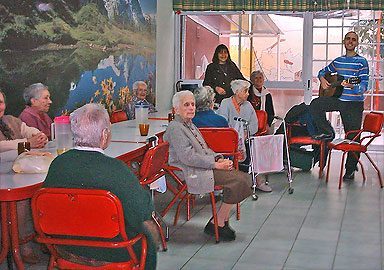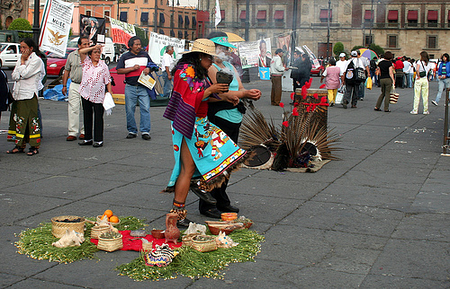A tale is a fictional narrative which is characterized especially by its brevity. Thus, the length of the story must be such that it allows to complete its reading without interruptions. This could be considered one of his main differences with the novel, although the boundaries were always problematic, particularly with the case of short novels.

Like all fictional narration, the story can be analyzed by the much-mentioned criteria of Introduction, knot and outcome. In this way, in the introduction we would be introduced to the characters with their distinctive characteristics and the circumstances that surround them; in the knot, we would be shown the conflict that invades the protagonists as well as the efforts to resolve it; and finally in the denouement, we would become aware of the way in which the aforementioned conflict is resolved. It is important to note that these guidelines aspire to be a tentative explanation and that they are in no way intended to be established as definitive or to block other interpretations; In fact, theoretically it is possible to find narratives that lack an introduction or ending, but they are rare; the idea of a knot or conflict seems to be the most solid.
As for the outcome of the story, it may be of two different types. It can be euphoric, when the protagonist resolves the central conflict, and achieves a desired ending, which is commonly known as the classic "happy ending." If not, the ending may be tragic or dramatic (dysphoric), when the protagonist fails to resolve the central knot, and in this case, the story remains unfinished or with an ending where the opponent of the protagonist achieves what he wanted: that the protagonist does not resolve his conflict, his knot of problems.
Being a narrative, the events shown to us must follow one another forming a plot or thread that must be unique. That is, the story is narrated chronologically. In the novel, however, it is possible to observe different plot lines. Also, it is important to point out that in a story each element described or narrated tends to be intimately linked with the others, trying to leave chance aside. As for the characters, there is only one who reaches the leading role, being the other secondary characters.
However, within the characters, we can find, according to each story (this is not a Manichean classification) in particular, that within the secondary characters, we have the assistant characters, and the opposing characters. The first are those who collaborate, who help the protagonist to achieve his objectives, and resolve the conflict of the knot. Meanwhile, the opposing characters are those who try to hinder or work on the good resolution of the story, and ensure that the protagonist does not resolve his central conflict. The main character will always be the "hero", due to his qualities in general as good, charismatic and with good intentions. On the other hand, among the opposing characters, whoever most opposes the protagonist will be the "anti-hero", characterized as bad, with dark intentions and always acting in a perverse way.
The story is, in literature, one of the most developed genres. Especially in the 19th century, its production shows great refinement. It has been especially cultivated by some authors who gave it a place of special importance in their productions. As an example, we can point to the Russian Chekhov, to the American Edgar Allan Poe and the Argentine Jorge Luis Borges.









